Join Us Live for a Discussion on Medicare, Democracy, and the Future of Health Care
Disability Pride Month: The ADA and the Modern History of Disability Rights in the U.S.

The Americans with Disabilities Act (ADA) was signed into law on July 26, 1990, following years of advocacy from the disability community. This landmark civil rights legislation prohibited discrimination on the basis of disability across all aspects of public life, promoting equal access to education, employment, transportation, and other public spaces and services. It is thanks to the implementation of the ADA that buses have wheelchair lifts and movie theaters have closed captioning and audio description services. But the history of disability rights in the United States, including in the 35 years since the passage of the ADA, has made it clear that the ADA alone is not enough to fulfill the promise of equal access, independent living, and full participation for those with disabilities in the United States. Advocates in the disability community view the ADA as a foundational victory but not a complete one. Instead, further protections and reforms are urgently needed.
The Historical Context of the ADA
In the decades leading up to the passage of the ADA, the disability rights movement had been organizing for greater inclusion and accommodations in public life. From the late 1940s into the following decade, the polio outbreak and the return of disabled World War II service members dramatically expanded and transformed the population of Americans with disabilities. In tandem with the civil rights movement led by Black activists in the 1960s, the disability community staged protests for accessibility and against institutionalization, raising awareness of the discrimination faced by the historically stigmatized and isolated population.
In bits and pieces, precursor reforms to the ADA were passed: the Voting Rights Act of 1965 enshrined the right of people with disabilities to receive accommodations at voting sites, and the Architectural Barriers Act of 1968 required newly built federal facilities to be accessible to those with disabilities. These measures introducing accommodations for voters with disabilities and accessible design for public buildings were both expanded and secured by the ADA.
Acts of physical protest by the disability community pushed federal disability rights legislation past the finish line.
Acts of physical protest by the disability community pushed federal disability rights legislation past the finish line. 1977 saw the month-long 504 Sit-In, where participants occupied federal buildings to pressure lawmakers to sign the regulations to implement Section 504 of the Rehabilitation Act of 1973, the first federal law naming disability as a civil rights category. In the March 1990 Capitol Crawl, disability activists crawled up the Capitol steps as a visual demonstration of the inaccessibility of public buildings to those with physical disabilities. It worked—the ADA was signed into law that summer.
But since its landmark passage, the ADA has often fallen short in its ability to protect the rights and access of those with disabilities. Experts note that there is not enough education around ADA policies, preventing people with disabilities from recognizing when their rights are being violated. No dedicated federal agency administers the ADA and holds institutions accountable to it, placing the burden of enforcing ADA regulations on people with disabilities themselves, who often lack the time, resources, and community support to do so. But the landmark Olmstead case was one such lawsuit levied by two women with disabilities against the state of Georgia.
There is not enough education around ADA policies, preventing people with disabilities from recognizing when their rights are being violated.
The Olmstead Decision
In 1999, the Supreme Court ruled on the most significant ADA lawsuit to date, now known as the Olmstead Decision (Olmstead v. L.C.). The case was brought by two women diagnosed with developmental disabilities who had had limited success with solely hospital-based treatment and had therefore requested that the state of Georgia set up community-based supports for them. Though their doctors agreed the women’s needs would be best served in their communities, the state postponed implementing community-based care for years, forcing their confinement and segregation from the community to continue.
The Supreme Court ruled in the Olmstead case that people with disabilities are entitled to receive care in their communities.
These women’s experiences of isolation echoed the country’s long history of institutionalizing people with psychiatric conditions and other disabilities. The ADA’s provision for community integration, the rights of people with disabilities to remain in their communities, explicitly recognized and sought to remediate this history of discrimination. The Supreme Court, citing the ADA, ruled in the Olmstead case that people with disabilities are entitled to receive care in their communities, given that the care is appropriate, unopposed by the patient, and reasonable in context. The enforcement of the Olmstead decision has allowed thousands of people to live happier, healthier, and more independent lives within their communities.
Community Integration through Medicare and Medicaid
The Olmstead decision fundamentally changed the landscape of long-term services and supports (LTSS), allowing many people with disabilities to move from institutional care back into their communities. As of 2024, one in four Americans live with a disability, and approximately 5.8 million receive LTSS through Medicaid. Nearly two-thirds of all LTSS spending goes toward home and community-based services (HCBS), which aim to provide inclusive, sustainable, and culturally competent care. This can take many forms, including direct support professionals, home health aides, and nursing homes in the community. HCBS are available through state-level Medicaid waivers in all 50 states, but further improvements are needed to make the program truly accessible. HCBS coverage is not yet a mandatory Medicaid benefit and access varies widely between states. Many patients languish on long waiting lists and receive inadequate services to help them re-integrate into the community. And the out-of-pocket costs of HCBS remain unaffordable to many; at the same time, direct support professionals, who support daily living for people with disabilities, are among the lowest-paid workers in the country.
Further improvements are needed to make the program truly accessible.
The current administration’s stances on health care, far from supporting these needed reforms, threaten the health and safety of people with disabilities. The recently passed budget bill cuts billions from Medicaid and Medicare, threatening the viability of HCBS programs particularly in states already under financial pressure from hospital closures. The move by the Department of Health and Human Services to dismantle the Administration for Community Living (ACL) also deals a huge blow to people with disabilities who were receiving support from the ACL’s services to fully participate in their communities and access public services. The disability community has been clear in their advocacy: The ADA and other laws and programs that support community integration need to be enforced, strengthened, and expanded, not limited or watered down.
The designation of July as Disability Pride Month must serve as not only a commemoration of the 1990 passage of the ADA, but also a reminder of the tireless advocacy and activism of the disability community. The history of disability rights in the United States before and since the ADA demonstrates that civil rights and equal access for those with disabilities have been won and defended time and time again by collective and forceful action. Because disability is a natural part of the human experience, with fluid boundaries that many people will navigate at some point in life, advancing disability rights benefits everyone. Supporting and amplifying the disability rights movement is not just about solidarity; it is about building a more inclusive and accessible world for all of us.
Show Comments
We welcome thoughtful, respectful discussion on our website. To maintain a safe and constructive environment, comments that include profanity or violent, threatening language will be hidden. We may ban commentors who repeatedly cross these guidelines.
Help Us Protect & Strengthen Medicare
Donate today and make a lasting impact
More than 67 million people rely on Medicare—but many still face barriers to the care they need. With your support, we provide free, unbiased help to people navigating Medicare and work across the country with federal and state advocates to protect Medicare’s future and address the needs of those it serves.
The Latest
Most Read
Add Medicare to Your Inbox
Sign up to receive Medicare news, policy developments, and other useful updates from the Medicare Rights.
View this profile on InstagramMedicare Rights Center (@medicarerights) • Instagram photos and videos
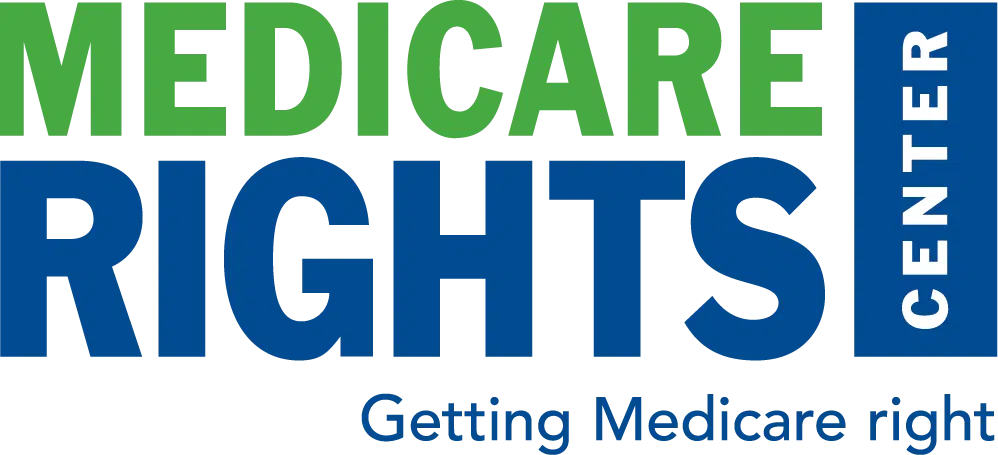
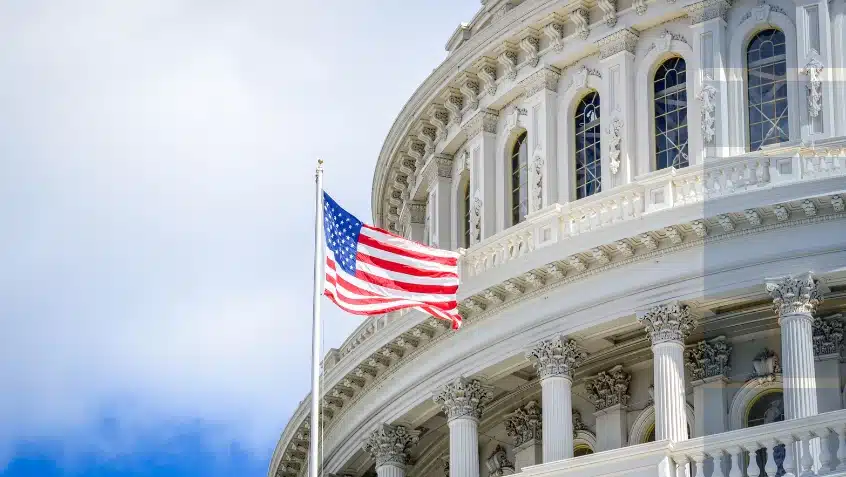

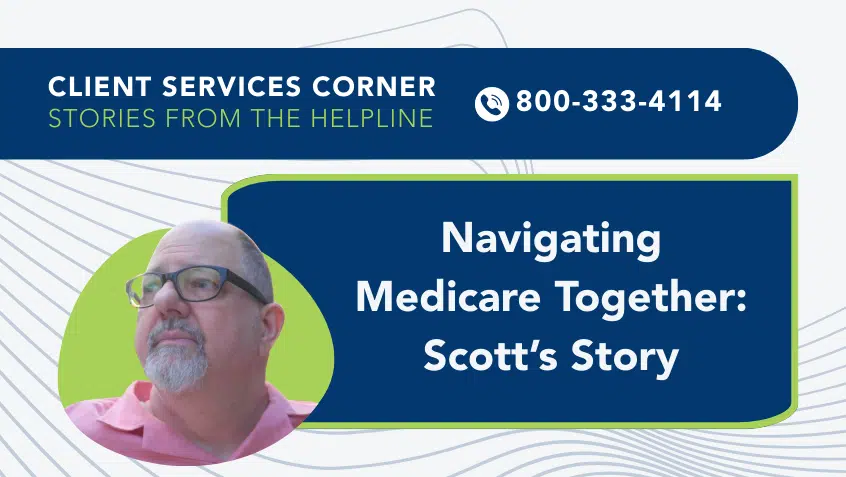
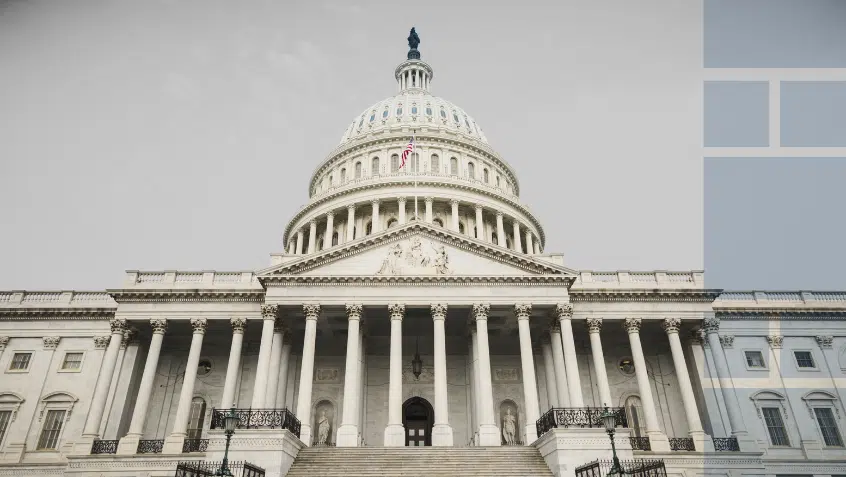
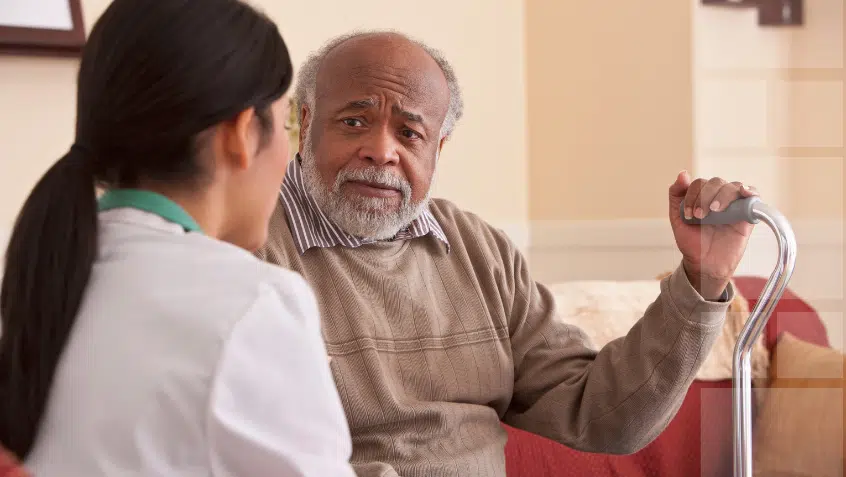




One Comment on “Disability Pride Month: The ADA and the Modern History of Disability Rights in the U.S.”
Dennis
August 28, 2025 at 9:25 pmThis is a powerful tribute! Celebrating the ADA’s legacy while reminding us that its promise remains unfinished without continued advocacy and awareness.
https://www.djoinerbooks.com/